Essential Do’s And Don’ts For Feeding Our Dogs

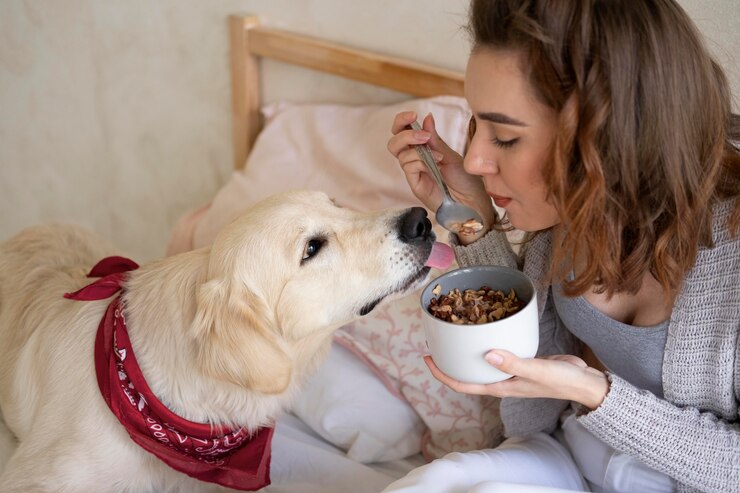
When you become a dog parent, you are responsible for a living being who cannot say if they are hungry, hurting, or angry. One of the most difficult tasks is feeding your dogs properly; it is crucial for their health and happiness. Like humans, dogs need a balanced diet to thrive. It can be confusing with all the advice out there, but knowing the essential do’s and don’ts for feeding your dogs makes it simpler. Our furry friends rely on us to make the right choices. So, let’s explore some practical tips and common pitfalls.
Ready to make sure your dog gets the best diet possible? Let’s dig deep into the essential do’s and don’ts for feeding your dogs. Your dog’s well-being depends on making informed choices every day.
Do: Provide Balanced Nutrition
A balanced diet is key to a healthy dog. Choose high-quality commercial dog food that meets all nutritional requirements. Look for foods with real meat, vegetables, and grains instead of raw meats. Check labels for essential vitamins and minerals.
Consult your vet to determine the right portion sizes and feeding schedule. Your dog’s age, size, and activity level will influence its dietary needs. Regular vet check-ups ensure your dog remains in good health and gets proper nutrition.
Don’t: Feed Toxic Foods
Some foods are toxic to dogs and should be avoided at all costs. Chocolate, grapes, onions, and garlic are major culprits. These foods can cause severe health issues or even be fatal.
Even seemingly harmless foods can be risky. Avoid feeding your dog anything without knowing it’s safe. Keep toxic foods out of reach to prevent accidental ingestion. Keeping your dog safe means knowing what’s dangerous.
Do: Read The Labels on Pet Food Products
Whenever you are buying any food for your dog, always go through the nutritional information that is present on the product labels. The percentages of protein, vitamins, minerals, fibre, and other dietary ingredients.
Here, you are also going to find all the types of ingredients that are used to create dog food. You need to go through all these ingredients to make sure your fur baby is eating something healthy and nutritious.
Don’t: Feed Your Dog Table Scraps
It might feel tempting to feed your dog a small piece of your fried chicken or the leftovers from your dinner, especially when they are giving you those puppy eyes.
These table scraps or your leftovers from your dinner usually contain fat calories and are generally high in sodium. So, it is better that you stick with regular dog food and not experiment by giving any other type of good. Regular dog food usually contains the necessary nutrients and fibers, as they are designed for them specifically.
Do: Offer Plenty of Water
Water is vital for your dog’s health. Always provide fresh, clean water. Hydration is essential, especially in hot weather or after exercise. Make sure your dog has constant access to water.
Check and refill the water bowl multiple times a day. Clean the bowl regularly to prevent bacteria build-up. Water helps with digestion, nutrient absorption, and overall health.
If you notice you’re dog drinking excessively or not at all, consult your vet. Changes in water consumption can signal health issues. Ensuring your dog stays hydrated is a simple yet crucial part of care.
Don’t: Overdo Treats
Treats are great for training and rewarding your dog, but moderation is key. Too many treats can lead to obesity and other health problems. Stick to healthy treats and avoid those with artificial ingredients or high sugar content.
Use treats sparingly and consider their calorie content. Adjust your dog’s regular meals to account for the extra calories from treats. Remember, treats should complement, not replace, a balanced diet.
Avoid table scraps as treats. Human food is often too rich and can upset your dog’s stomach. Treats should be a small, enjoyable part of your dog’s diet. Keeping treat intake in check helps maintain a healthy weight.
Do: Feed Your Dog at Regular Times
It is important you set a proper schedule for when to feed your dog and also what you should be feeding them on a regular basis. Dogs need to have a proper schedule or set time when they should be fed since, that is how you train them.
When you set a proper schedule for your dog’s food intake, it becomes easier for them to regulate their digestion and have a healthy bowel movement as well. A steady routine promotes a consistent energy level and healthy and shiny fur on your dog as well.
Don’t: Don’t Play or Pet Them While They’re Eating
When your dog is eating its meal peacefully, always leave it alone for that time period. It is a basic animal instinct that animals tend to become defensive when they are eating or having a meal.
So refrain from petting or playing with them when they are eating, as they might become aggressive if not well trained.
7 Golden Rules for Feeding Your Dogs
As a pet owner, the one thing that goes on in our heads is our Pup’s good health, and we have to make sure that they are getting the right food. So, when it comes to feeding your dog, there are 7 golden rules that need to be followed.
Feed them Quality Food
The most important thing that you need to ensure is whether you are feeding your dog healthy and nutritious food especially prepared for their growth and development. High-quality food with a proper diet is exactly what a dog needs.
Every dog has a specific food requirement, so before feeding them, make sure to contact your vet and ask for any special requirements that your dog might need for better health.
Keep a Regular Feeding
Another important rule that you, as a dog owner, should follow is to have a proper schedule in place for feeding your dog.
Most dog owners choose to feed their dogs twice daily to reduce the chances of getting too hungry, resulting in overeating during meals. If you stick to a rigid schedule, that is a great way of training your dog.
Feed the Right Amount for Your Dog’s Activity Level
If you notice each and every dog breed and their personality, then you will see that not all dogs behave in the same way.
Some dogs are very energetic and full of life by nature, but on the other hand, some are quite mellow, quiet, and passive in nature. So, the food that they eat should fit their personality as well.
If you have a highly active dog, then they would require food with high protein content, while if you have a lethargic dog, then they won’t require food with high protein content. But if you are a first-time pet owner, then it is best to ask a vet about what to feed your dog and also how much.
Feed the Right Amount for Your Dog’s Size
It is a no-brainer that you need to feed your dog according to its size and weight. If you have a chihuahua, they won’t be required to eat as much and could survive eating less amount of food.
But at the same time, if you have a German Shepherd, then the amount of food you feed them will increase since they are big and energetic dogs.
Feed the Right Amount for Your Dog’s Stage of Life
The stage of life your dog is at contributes to what they should eat on a regular basis. There are formulated foods that you can give a dog at different stages of their life. With growing age, the amount of nutrients that a dog will require will vary.
At the puppy stage, they need a specially formulated feed to promote healthy growth and development. While they are fully grown senior dogs, they require different food sources and quantities. When they are older senior dogs, their requirements change as well.
Healthy Dog Food Choices For Your Dog
- Turkey and Chicken
- Lean red meat
- Boiled or scrambled eggs
- Sweet potatoes
- Carrots
- Green Vegetables
- Fish
- Apples
- Unsweetened Yogurt
Dog Foods to Give in Moderation
- Cheese
- Whole Grains
- Beef Liver
- Cooked Potatoes
- Beans & Soy Products
- Cow’s milk
- Ham
- Tomatoes
- Canned Fish
Dog Foods to Avoid Completely
- Grapes and raisins
- Salty Foods
- Tea & Coffee
- Alcohol
- Sweet Desserts
- Onions
- Cooked bones
- Chocolate
- Spoiled or moldy food
- Gravy & Sauce
Human Foods Dog Can Eat
- Bread
- Cashews
- Cheese
- Coconut
- Corn
- Eggs
- Fish
- Ham
- Honey
- Milk
- Peanut Butter
- Peanuts
- Popcorn
- Pork
- Quinoa
- Salmon
- Shrimp
- Tuna
- Turkey
- Wheat/Grains
- Yogurt
Human Foods Dog Cannot Eat
- Almonds
- Chocolate
- Cinnamon
- Ginger
- Ice Cream
- Macadamia Nuts
Conclusion
Feeding your dog well is a blend of knowledge and care. By following these do’s and don’ts for feeding your dogs, you ensure your furry friend stays healthy and happy. From balanced nutrition to avoiding toxic foods, each step matters. Remember to provide plenty of water and limit treats to maintain a balanced diet.
Our dogs rely on us for their well-being. Making informed choices about their diet is one of the best ways to show our love. Happy, healthy dogs make for happy, loving homes.
RECOMMENDED READING:




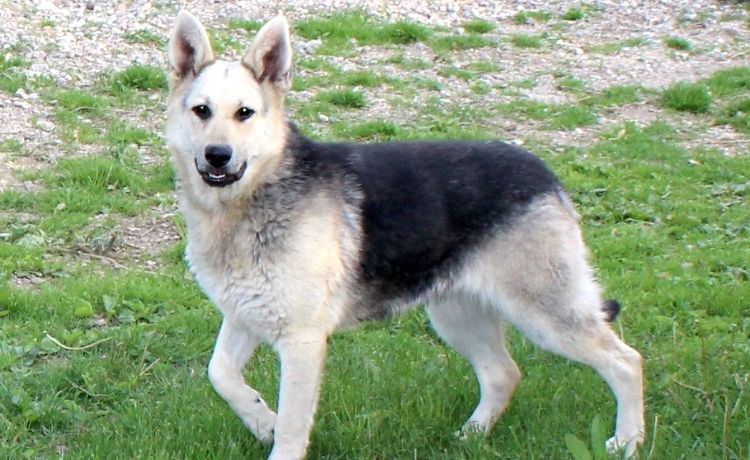

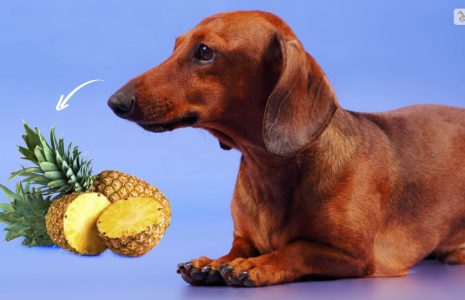
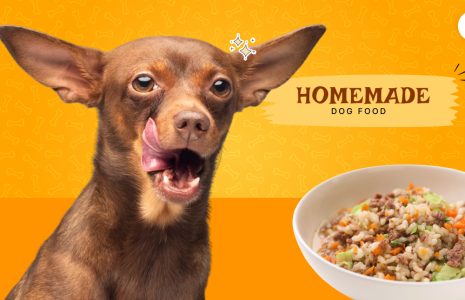
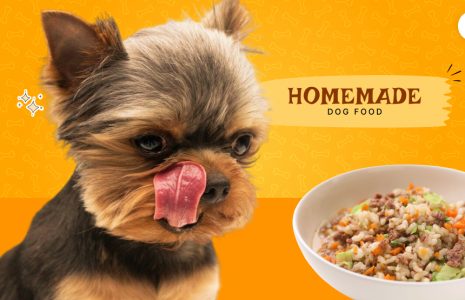
Leave A Comment